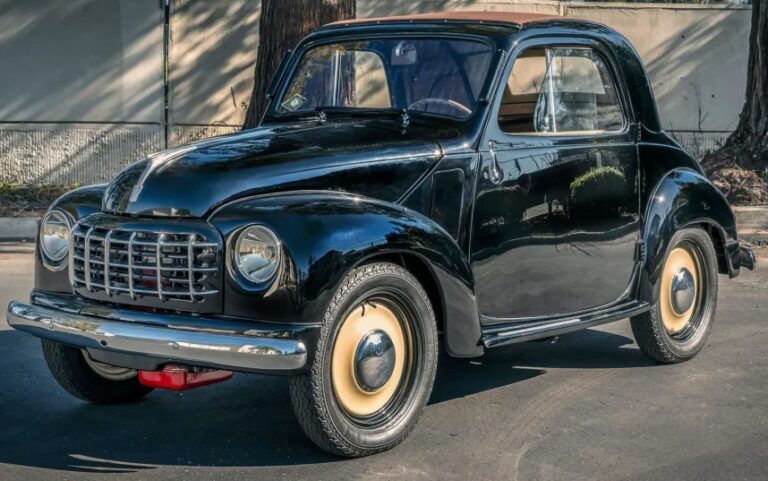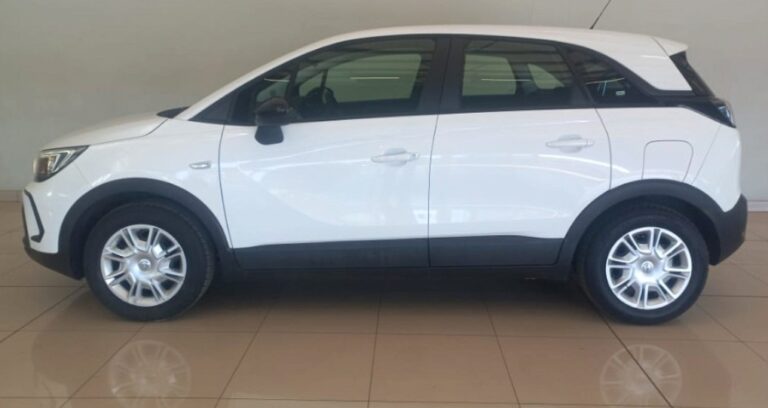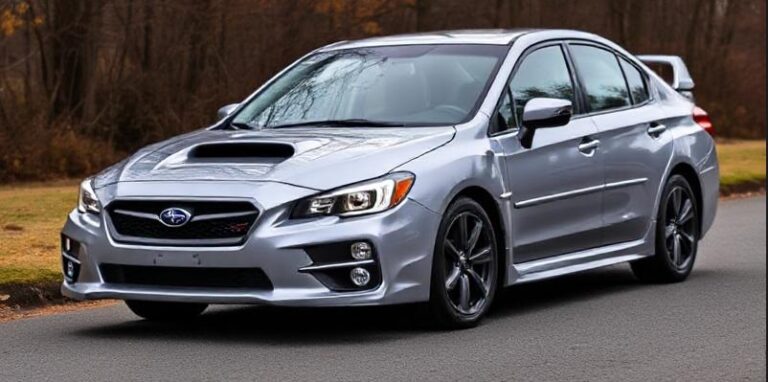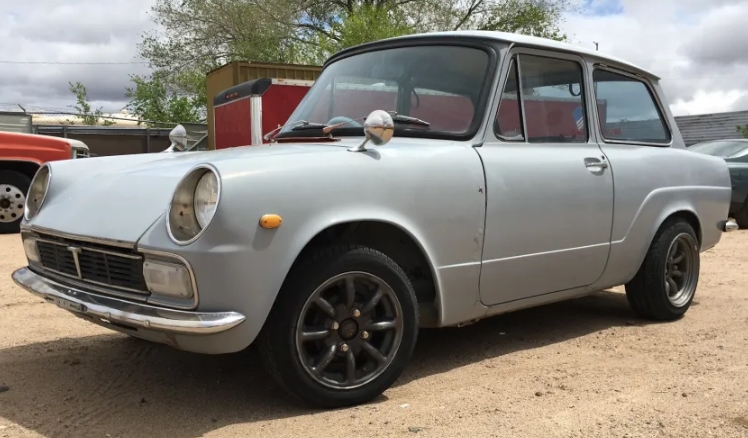The Evolution of the Volvo V50 and V70
Introduction
Volvo, renowned for its commitment to safety, durability, and Scandinavian design, has long been a prominent player in the station wagon and estate car segments. Among its most notable models are the Volvo V70 and V50, which have evolved over the years to meet changing consumer demands, technological advancements, and regulatory standards. This article provides an in-depth look at the development of these models, covering production timelines, model variations, and trim levels from their inception through their discontinuation.
The Volvo V70: An Icon of Scandinavian Estate Engineering
First Generation (1996–2000)
- Introduction & Development The Volvo V70 was introduced in 1996 as a replacement for the Volvo 850 estate, building upon the 850 sedan’s platform and safety features. It was designed to appeal to families and professionals seeking a spacious, reliable, and safe vehicle.
- Design & Features The first-generation V70 adopted a boxy but functional design, emphasizing practicality. It featured a unibody construction, with a focus on safety, including side-impact airbags and reinforced passenger compartments.
- Engine Options & Trims The initial lineup included:
- 2.4-liter inline-5 petrol engines (120-140 hp)
- 2.5-liter turbocharged variants (170-200 hp)
- 2.5-liter diesel engines (90-115 hp) Trim levels varied by market but generally included:
- Base / Classic
- SE / ES
- R-Design (later introduced, emphasizing sportier styling)
- Transmission & Drive Offered with:
- 5-speed manual
- 4-speed automatic (later 5-speed)
- All-wheel-drive options introduced later in this generation
Second Generation (2000–2007)
- Introduction & Development Launched in 2000, the second-generation V70 showcased a more rounded, modern design aligned with early 2000s styling trends. It was built on the Volvo P2 platform, shared with models like the S80 and XC70.
- Design & Features The second-generation V70 featured increased interior space, improved aerodynamics, and enhanced safety features, including stability control and optional side curtain airbags.
- Facelift & Updates A significant facelift occurred in 2004, featuring:
- Redesigned front grille and headlights
- Updated taillights
- Improved interior materials and infotainment
- Engine & Trim Options Engine offerings expanded to include:
- 2.4-liter inline-5 (140 hp)
- 2.5-liter turbo (200 hp)
- 2.5-liter diesel engines (115-163 hp)
- T5 variants with 250 hp (turbocharged five-cylinder)
- D5 diesel options with 163-185 hp Notable trims:
- Base / Classic
- SE / ES
- Summit / Classic Plus
- R-Design (sportier trim introduced in later years) Safety and luxury packages became more prominent, with options like xenon headlights, premium audio, and navigation.
- Drive & Transmission Continued with manual and automatic transmissions, with the introduction of 6-speed gearboxes in later models. All-wheel-drive (AWD) options were available, notably in the Cross Country version.
Discontinuation & Legacy
Production of the second-generation V70 ended in 2007, paving the way for the third-generation model, which introduced further technological advances and design refinements.
The Volvo V50: The Compact Station Wagon
Introduction & Development
Launched in 2004, the Volvo V50 was a compact station wagon based on the Volvo S40 sedan platform (also known as the P1 platform). It was aimed at a younger demographic and urban markets, offering a sporty alternative to the larger V70.
Production & Lifecycle (2004–2012)
- The V50 was produced until 2012, with its design and engineering focused on agility, style, and practicality.
Design & Features
- The V50 featured a sleek, sporty profile with a focus on driver engagement.
- Interior emphasized Scandinavian minimalism, comfort, and safety.
- Offered a range of inline-4 and turbocharged engines, with diesel options available for efficiency.
Model & Trim Levels
Initially, the V50 was offered in several trims, including:
- Base / S
- SE
- SE Sport
- R-Design (introduced later, emphasizing sportier styling and suspension)
Engine Options & Variants
- Petrol Engines
- 1.6-liter inline-4 (109-115 hp)
- 1.8-liter inline-4 (125-125 hp)
- 2.4-liter inline-5 (170 hp)
- 2.5-liter turbo (220 hp in T5 models)
- Diesel Engines
- 1.6-liter D (109-115 hp)
- 2.0-liter D (136-163 hp)
- 2.4-liter D5 (185-185 hp)
- Transmission
- 5-speed manual (standard)
- 4-speed automatic (optional)
- 5- or 6-speed manual & automatic transmissions available depending on engine
Special Editions & Packages
Throughout its production, Volvo released various special editions such as:
- V50 R-Design: Sportier suspension, unique styling cues, and performance-oriented features.
- Business Edition: Focused on comfort and technology for corporate users.
- Luxury trims: With leather interiors, premium audio, and advanced safety features like City Safety.
Discontinuation & Succession
The V50 was phased out in 2012, replaced by newer models like the Volvo V40 Cross Country, aligning with Volvo’s new design language and technological direction.
Evolution in Safety, Technology, and Design
Both models exemplify Volvo’s commitment to safety and innovation:
- Safety Features: Both generations of V70 and V50 included Volvo’s signature safety systems such as City Safety (autonomous emergency braking), side-impact airbags, whiplash protection, and stability control.
- Technological Advancements: Increased incorporation of infotainment systems, navigation, adaptive cruise control, and driver assistance features over the years.
- Design Philosophy: From the boxy, utilitarian first-generation V70 to the rounded, modern second-gen V70, and the sleek, sporty V50, Volvo’s design language evolved to blend practicality with Scandinavian minimalism.
Market & Global Presence
The Volvo V70 and V50 enjoyed popularity across Europe, North America, and parts of Asia, especially among families and professionals seeking a balance of safety, comfort, and style. Variants like the Cross Country versions of the V70 appealed to adventure-oriented consumers.
.
RepairSurge Online Repair Manuals Replace Bulky Books With Reliable Digital Information!
Faster And Cheaper Than Traditional Printed Manuals, Users Get Instant Access To The Repair Information They Need For Any Car, Truck, Van or SUV.
.
Final Remarks
The Volvo V70 and V50 are emblematic of Volvo’s evolution over the late 20th and early 21st centuries, reflecting advancements in automotive safety, efficiency, and design. The V70’s reputation as a durable, family-friendly estate was built on decades of engineering excellence, while the V50 brought a youthful, sporty edge to Volvo’s estate offerings.
Although production of both models has ceased—replaced by newer crossover and SUV offerings—they remain highly regarded in the used car market for their safety records, reliability, and Scandinavian craftsmanship.
Conclusion
The evolution of the Volvo V70 and V50 demonstrates Volvo’s adaptability and commitment to safety, comfort, and design. From the rugged practicality of the first-generation V70 to the sporty elegance of the V50, these models have left a significant mark on the automotive landscape. Their legacy continues in Volvo’s current lineup, emphasizing safety innovations and Scandinavian aesthetics that have become hallmarks of the brand.







